Foods you do need to throw out after their expiry date
Dicing with danger

Picture the scene: you're making a sandwich and get a pack of sliced turkey out of the fridge, only to realise it’s past its expiration date. You're hungry and it seems a waste to throw the food away – should you carry on and risk it, or settle for a different sandwich filling? Here, we identify the foods you need to dispose of once the expiration date has passed (even if they appear perfectly edible) and reveal how to extend the shelf life of your favourite ingredients.
Read on to discover the foods with expiry dates you should NEVER ignore, counting down to the most dangerous one of all.
We've based our ranking on how risky each food is to consume after its expiry date, taking into account expert advice, research and the experience of our team. This list is unavoidably subjective.
Deciphering those dates
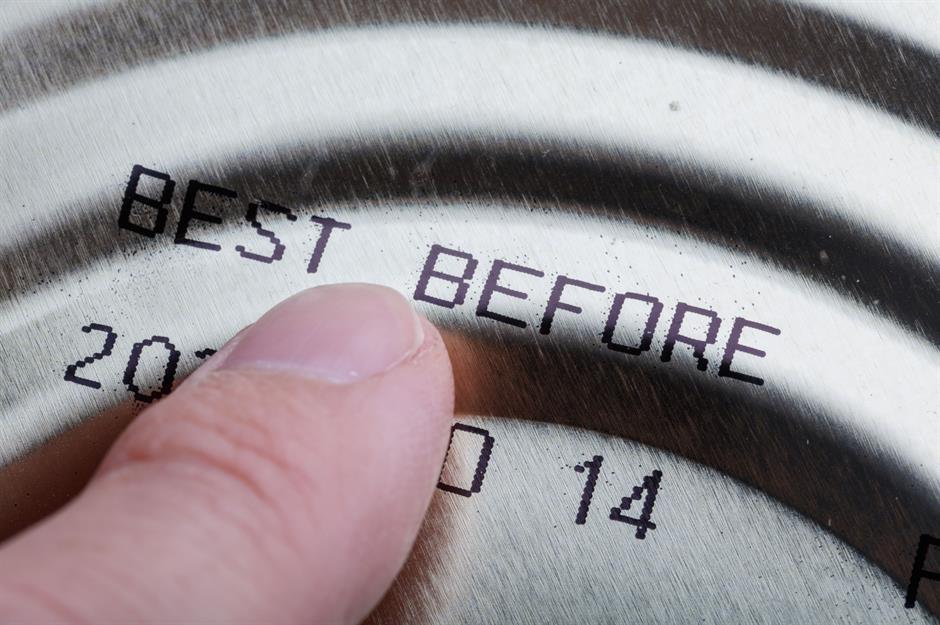
As a general rule, best by, best before and best before end dates all relate to quality assurance, suggesting when the food will be at its peak, rather than being indicators of food safety. In the UK, Australia and Canada, expiry and use-by dates relate to food safety, meaning that consuming the food in question after that date has passed may make you ill. In the US, product dating is not required by federal law (apart from on baby formula) and the dates on packaging are not an indicator of product safety. Ultimately, if a food looks or smells bad or has an odd texture or colour, treat it with caution – regardless of the date displayed on the packet.
27. Cooking oil

While you might think that oil stays good indefinitely, cooking oils have a shelf life – and it’s worth paying attention to that date if you want your food to taste the best it possibly can. On average, most cooking oils will last for six months once opened, and potentially longer if stored away from light and heat. Oil past its best will develop a rancid, bitter smell and taste, which may well find its way into your food.
26. Nuts
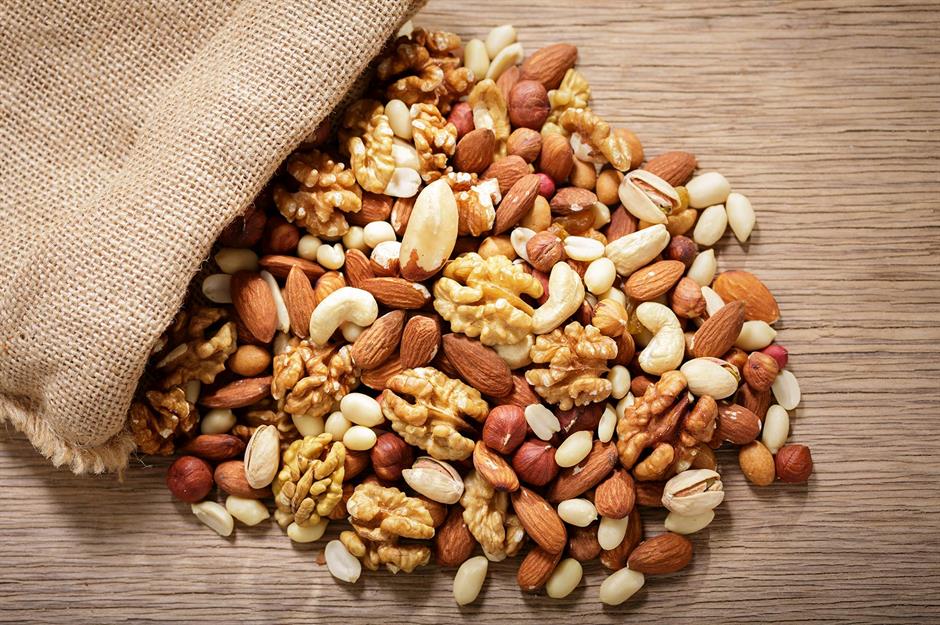
Do nuts go bad? It's tempting to think not and grab a handful of nuts regardless of when the packet was opened. Unfortunately, this is only partially correct. Because, while nuts don't necessarily go bad in the same way as other foods, they can spoil or turn rancid as they're so packed with unsaturated fats. The signs to look out for include a bad taste or smell and a softer texture than usual.
25. Fiddleheads
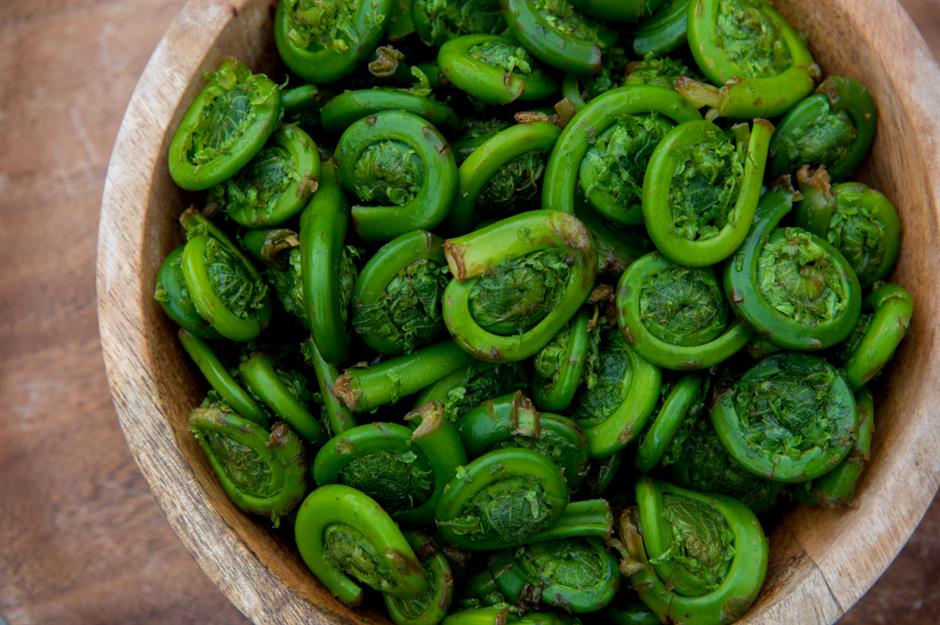
The curled, edible shoots of the ostrich fern, fiddleheads are a North American delicacy – but they can cause food poisoning if they’re not stored, prepared and cooked properly. Although thoroughly washed fiddleheads can be kept in the fridge for up to a week (ideally no longer), it's essential to cook them in boiling water or steam them until tender. Always discard the cooking water, and never serve fiddleheads raw or undercooked.
24. Olives

Olives – and other foods normally stored in brine – can have a very long shelf life. You'll know when they're no longer edible because they'll smell terrible, and mould will likely form on the surface of the brine. However, you can extend the shelf life of olives by storing them in the fridge and stopping as much oxygen as possible from getting into the jar.
23. Condiments
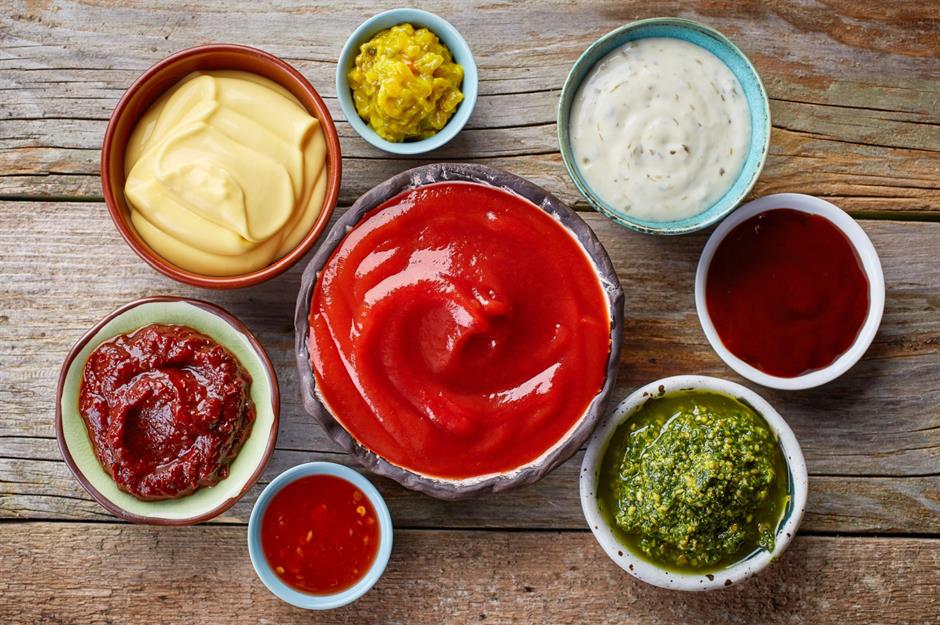
We’ve all done it: pulled a jar of mustard or bottle of mayonnaise out of the fridge that’s been there longer than we remember. While it may be tempting to slather said condiment on your sandwich regardless, it’s worth noting that once a jar or bottle is opened, bacteria is effectively invited in. As a rough guide, once opened, mustard will last for up to a year in the fridge, but mayonnaise should be consumed or discarded after two months. Meanwhile, ketchup will often start to go bad after six months, even when stored in the fridge. If the sauce has gone mouldy, become discoloured, smells strange or has water floating on top, give it a miss.
22. Yeast
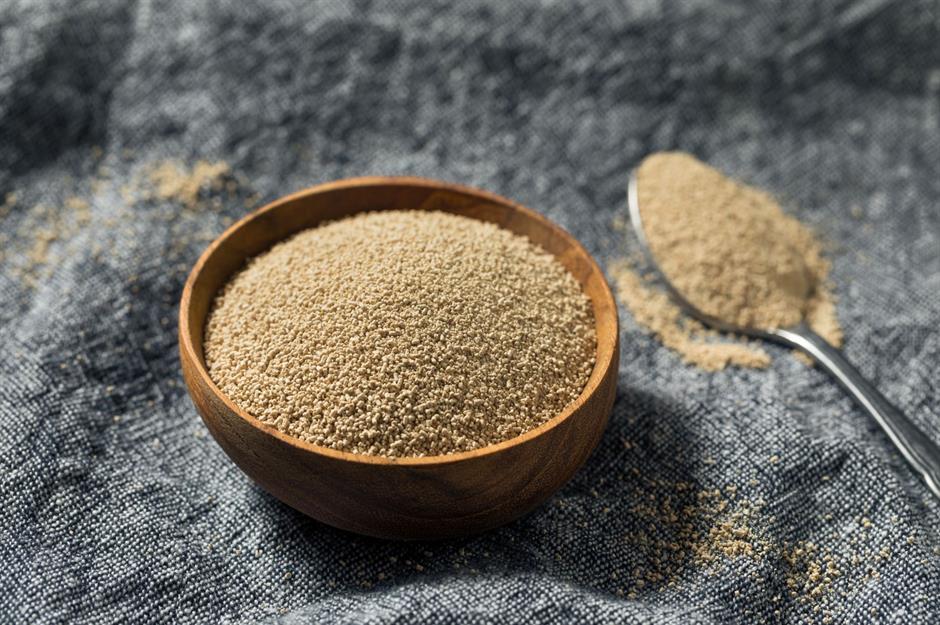
When was the last time you cooked with yeast? This store cupboard staple may have been lurking in your kitchen longer than you remember – in which case, it will have likely expired. Once it’s past its expiration date, dried yeast will lose its effectiveness, meaning you’ll end up with disappointingly flat baked goods. A simple way to test whether yeast is active is to mix it with warm water and sugar – if it bubbles within 10 minutes, it’s good to use.
21. Coleslaw

Similar to potato salad, coleslaw is a mayonnaise-based dish that should be eaten within three to five days after purchase. Left any longer than this, and the zippy salad is at risk of bacterial growth. For the same reason, if you’ve made an abundance of coleslaw for a gathering and it’s been left out of the fridge for more than two hours, it’s worth discarding altogether – especially if it’s been in the sun.
20. Cold-pressed juices

As galling as it may be to throw food or drink away – particularly when you haven’t even opened it, and especially when it was expensive to buy – raw cold-pressed juices that have passed their expiry date shouldn’t be consumed. This is primarily because they’re unpasteurised and far more prone to contamination by bacteria and yeast. In general, fresh juices (including homemade juices) should be consumed within five days of production.
19. Tofu

Tofu can withstand a lot of things, but even this mighty protein is prone to spoiling. Worse, gone-off tofu can cause stomach cramps or nausea if consumed. To avoid this, store leftover firm tofu for two to three days in clean water (not the stuff in the packet) inside a plastic container in the fridge. Change that water every day, too. You can tell if tofu has gone bad if it smells off or has become discoloured.
18. Bread

It's not uncommon to unwrap a loaf of bread to find that a tiny mould spore has formed on the first slice. The eternal question is, should you throw away that slice – or say goodbye to the entire loaf? Unfortunately, experts say you should get rid of it all because the rest of the bread could be contaminated, too. Mould usually forms when bread gets warm, so always store it in a cool, dark, dry place and use it within five days.
17. Spinach

Regardless of the date stated on the packet, once spinach leaves start to wilt, it’s advisable not to eat them raw. While the general consensus is that limp leaves are safe to consume once cooked, if they’re brown or slimy, it’s best to consign them to the compost heap. To help prolong their lifespan, spinach leaves should only be rinsed just before eating.
16. Potato salad

Fresh deli salads, particularly those laced with mayonnaise (here’s looking at you, potato salad), should be eaten no more than three to five days after purchase. Any longer than that, and not only will the product have lost its freshness, but there’s also an increased risk of bacterial contamination. If said salad has been left out on the counter or buffet table for more than two hours – or worse, out in the sun at a picnic or barbecue – it’s best not to eat it at all.
15. Bagged salads
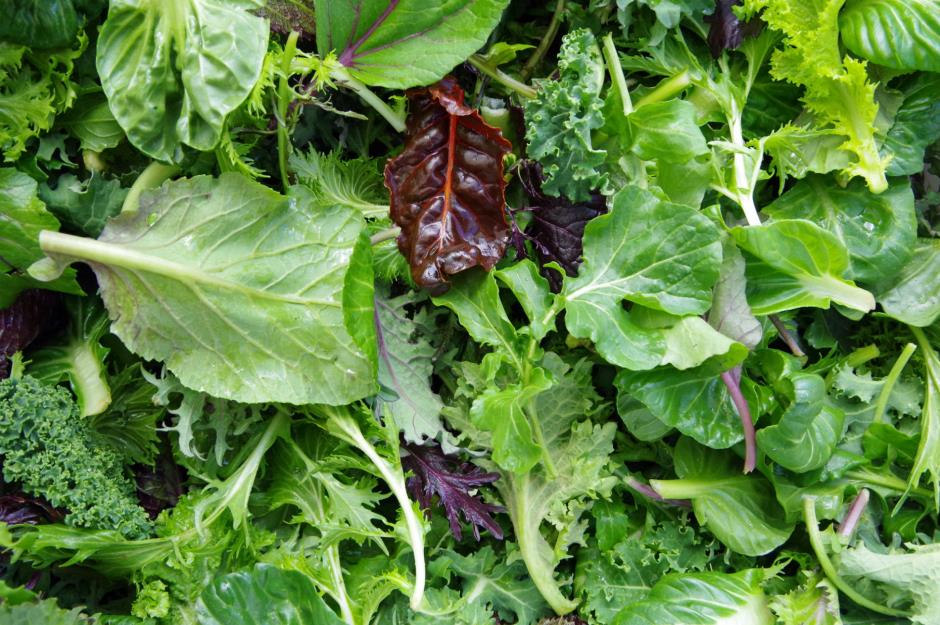
Bagged salads may be pre-washed multiple times, but they’re handled so frequently they’re still prone to certain bacteria, including listeria, salmonella and, at the very worst, E. coli. It's impossible to know if your salad leaves may be affected, but you can reduce the risks by eating the salad as soon as possible after opening. Always throw away leaves that don't look or smell as they should, too.
14. Berries

Frustrating as it may be to discover that your pricey punnet of fresh berries has gone bad, eating a strawberry sporting a furry white cloak or a raspberry that’s rapidly turning to mush just isn’t advisable – and could make you sick. Because the mould spores are airborne, if one of your berries has gone bad it’ sensible to discard the entire pack. On average, berries will keep for up to three days in the fridge, so either eat them before they expire or freeze any you’re unlikely to work your way through.
13. Dented canned food

While eating canned food that is past its expiration date is generally considered to be safe, dented cans – especially those older than their best before date – are a whole other story. If there’s a small, shallow dent, it’s usually fine – but if you have a can that’s severely dented or bulging, you’ll want to dispose of it. These prominent dents can compromise the seal, enabling harmful bacteria to grow and become a health risk if consumed. It’s best to throw away any tins that appear to have indentations or show signs of rust or leakage.
12. Soft cheese

Soft cheese is a prime breeding ground for listeria, so you really do need to pay attention to the date on the packet. If you purchase undated soft cheese (from a deli, for example), consume it within one or two weeks and use your common sense when doing so – if there’s any mould present, you’ll need to throw the cheese away. This also applies to blue cheese and rind cheeses such as Brie. The USDA says that any mould that is not part of the manufacturing process can potentially be dangerous.
11. Egg whites

For whole eggs, experts often advise using the float test for freshness, discarding any that float to the top of a glass of water. But if there’s a carton of commercially produced liquid egg whites in your fridge, use them up within three days of opening, and the same applies to fresh egg whites. If the liquid egg white is lumpy, discoloured or has bits floating in it, discard it regardless. It’s also worth noting that for safety, opened cartons of liquid egg whites shouldn’t be frozen – though you can freeze the whites from fresh eggs.
10. Deli meats

Next time you’re stocking up on sliced turkey and ham from the deli counter, it's worth bearing in mind that the United States Department of Agriculture (USDA) says that deli meat should be consumed within three to five days. Any longer than that and the levels of listeria present can become dangerously high. So, while the meat might look, smell and taste normal, it could still make you ill.
9. Alfalfa sprouts

Packed with nutrients and with a mild, earthy flavour and crisp texture, alfalfa sprouts are health food stars. Before you sprinkle them over your salad or sandwich, though, a word of caution: these sprouts need a warm, humid environment to grow, and that is exactly the conditions in which bacteria thrive. So, alfalfa sprouts should ideally be consumed no more than two days after being purchased – otherwise, your risk of getting ill from eating them increases. Experts advise that pregnant women avoid eating raw alfalfa sprouts entirely.
8. Sushi

From nigiri to maki, sushi is best eaten fresh and on the day it’s made. If you’ve bought a packet from the supermarket, you’ll want to consume it as soon as possible – ideally within one to two days – to avoid any potential foodborne illnesses. If you do have leftover sushi, keep it tightly wrapped and refrigerated to avoid the raw fish and rice spoiling and if you detect a rancid odour, or the fish looks dull and slimy, you’re better off throwing it out.
7. Minced pork
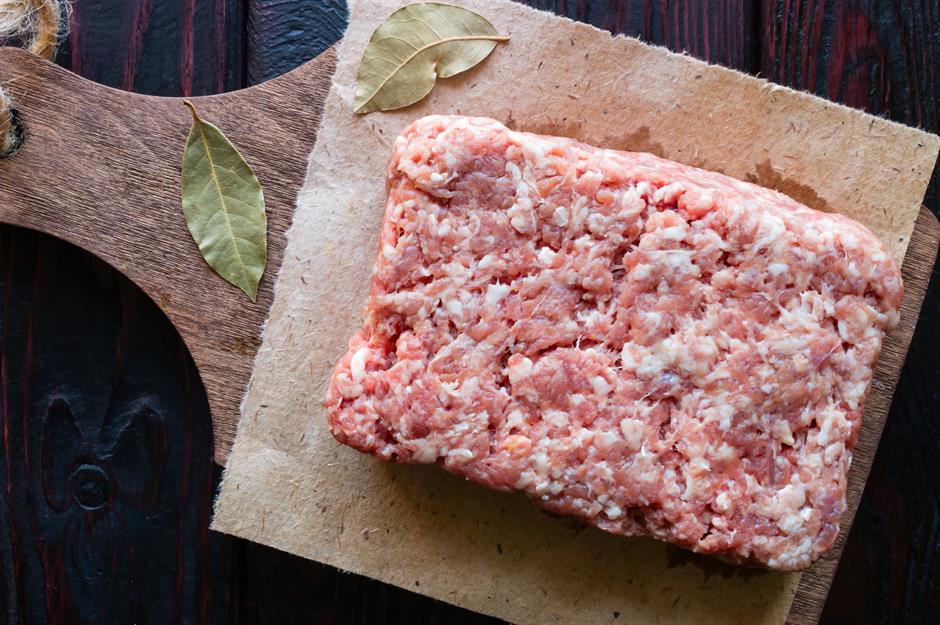
Minced pork’s expiry date should be adhered to as it can quickly become the ideal breeding ground for various types of harmful bacteria. The USDA's FoodKeeper App recommends only keeping minced pork in the fridge for one or two days before eating. Minced pork should always be cooked thoroughly until the internal temperature reaches 71°C (160°F) to avoid food poisoning.
6. Minced beef
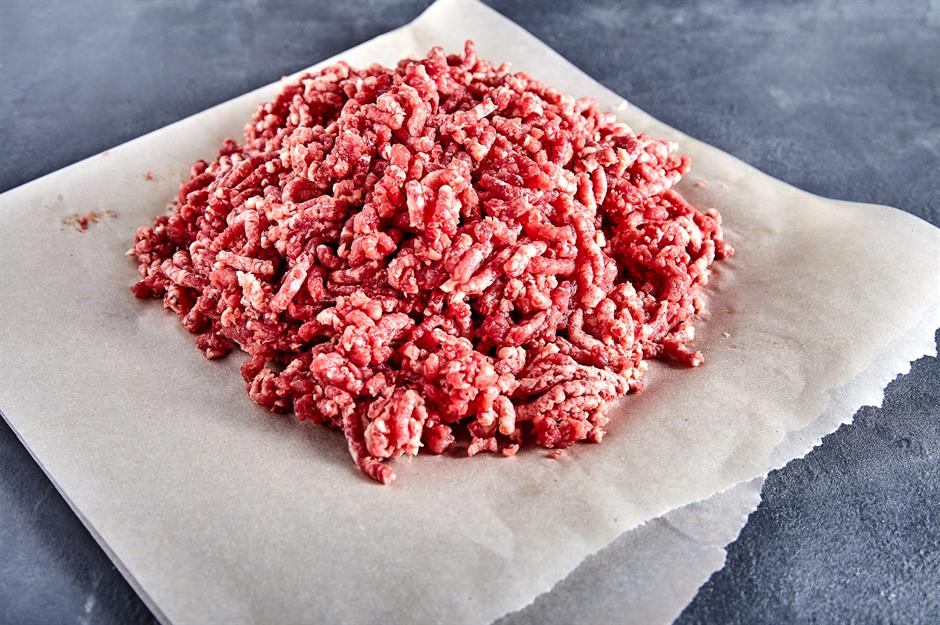
Minced beef is more likely to cause food poisoning than a piece of steak, as bacteria like E. coli, salmonella or Staphylococcus aureus on the outside can get mixed through the meat as it’s minced. Good refrigeration and consumption within one or two days should mean the bacteria present won't reach worrying levels. Most important of all, ensure minced meat is cooked through until the internal temperature reaches 71°C (160°F).
5. Mussels

While experts agree that live mussels can be kept in the fridge for longer than you might think (up to five days), most say they taste best when consumed by day two. Proper storage is also critical: ensure they’re covered with a clean, damp cloth or paper towel and never store them in water or airtight containers. Always discard mussels with cracked or broken shells or those that don’t close when tapped, no matter how fresh they are. Any mussels with shells that don’t open when cooked should also be thrown away.
4. Fish
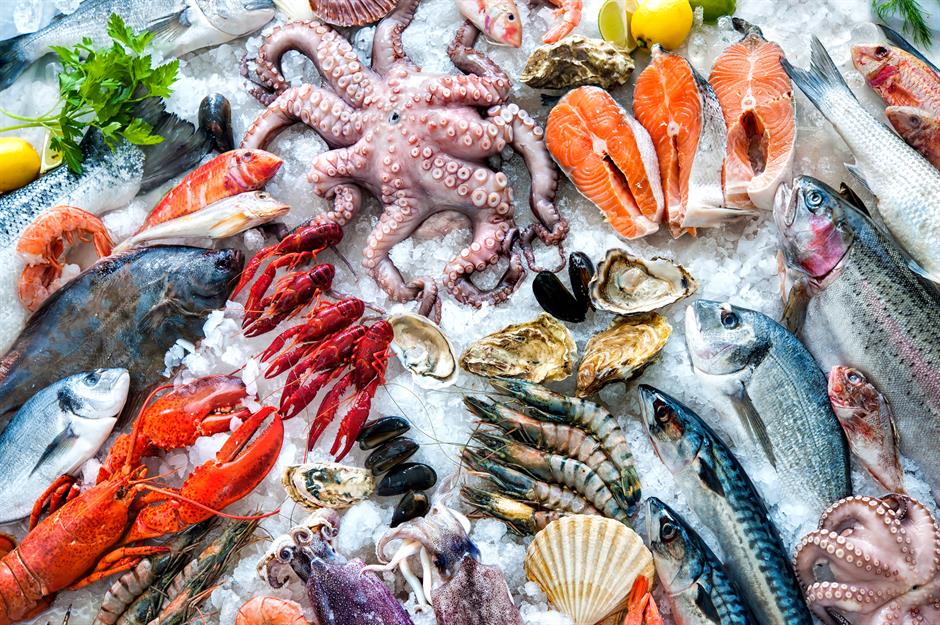
Fish that isn't fresh or hasn't been subject to proper storage and handling can cause food poisoning. One or two days is the maximum amount of time fish should be kept in the fridge before cooking or freezing. As with many of these foods, always trust your judgement; fresh fish should smell like the sea – if it has an overpowering, sour aroma or is visibly slimy, steer clear.
3. Chicken
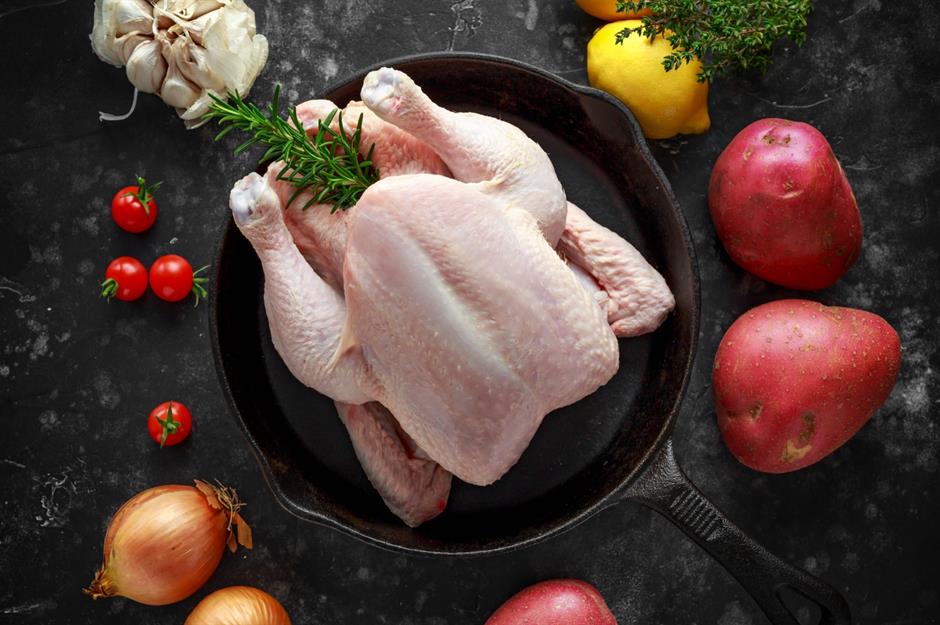
If, upon closer inspection, the chicken you were planning to cook for dinner looks noticeably pale or grey, or has a nasty smell or a bloated appearance, the bin is the best place for it, regardless of the date on the packaging. This is primarily because consuming chicken or turkey that has gone off can cause a severe case of food poisoning, resulting in hospitalisation or, in very extreme cases, death.
2. Oysters

Oysters should be served as fresh as possible and be alive right up until the moment they're shucked. At home, store your oysters correctly and don't be tempted to keep them for longer than two days after purchase. Eating out? Ask to see the ‘shellfish tag’, which every restaurant or retailer is required to have for each bag of oysters they purchase. If the date on the tag indicates they were harvested longer than a few days ago, you’d be well advised to pick a different dish. It’s recommended that older people, pregnant women and very young children avoid raw or lightly cooked shellfish.
1. Baby formula
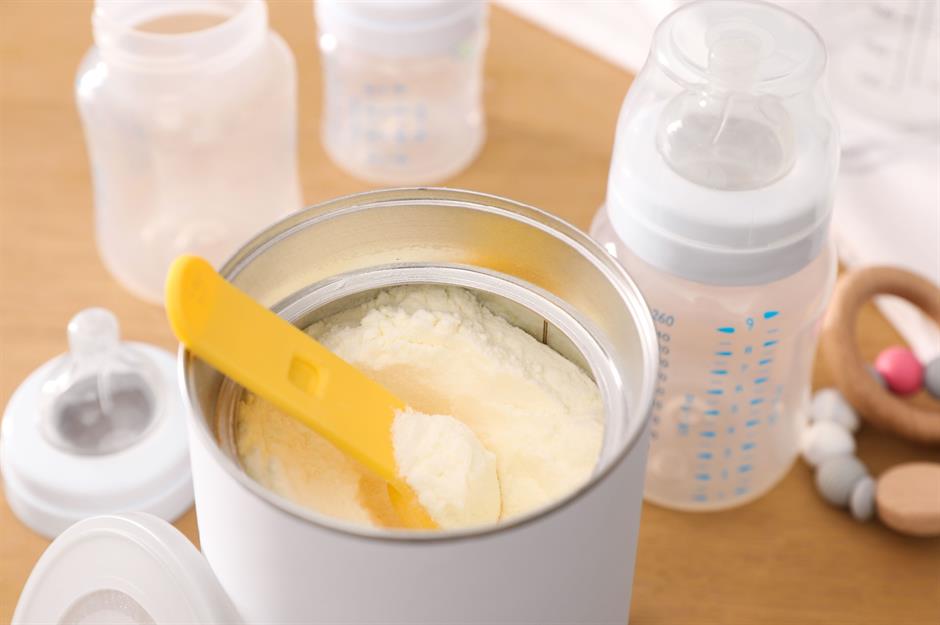
Baby formula should never be given to infants after the expiry date, which is stated on the packet and refers to the unopened shelf life of the product. This is because, although formula contains the exact nutrients babies need, once the expiry date passes, the nutritional value of the formula may change and could lead to a nutrient deficiency.
Now discover the foods you DON'T need to throw out after their expiry date
Last updated by Lottie Woodrow.
Comments
Be the first to comment
Do you want to comment on this article? You need to be signed in for this feature